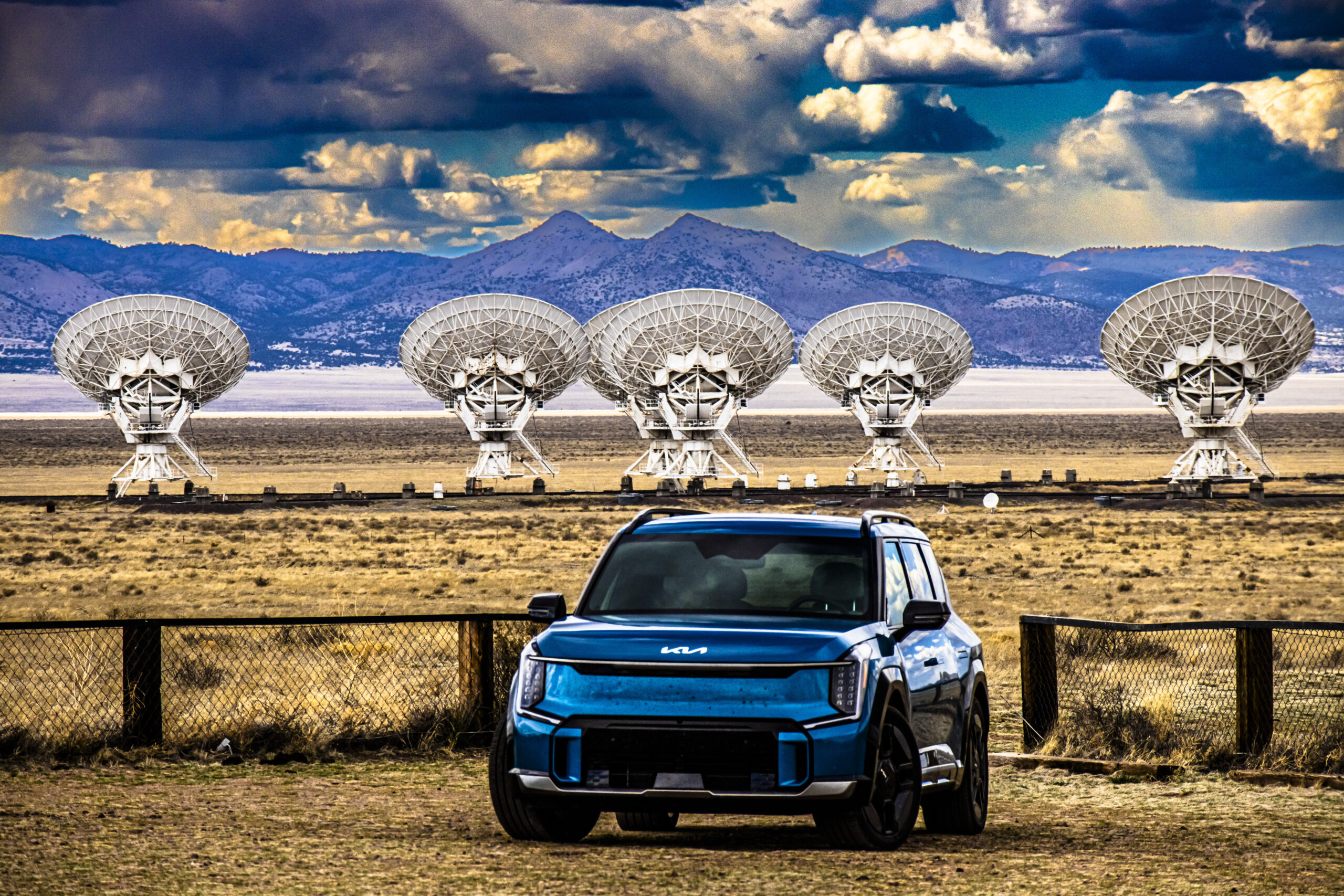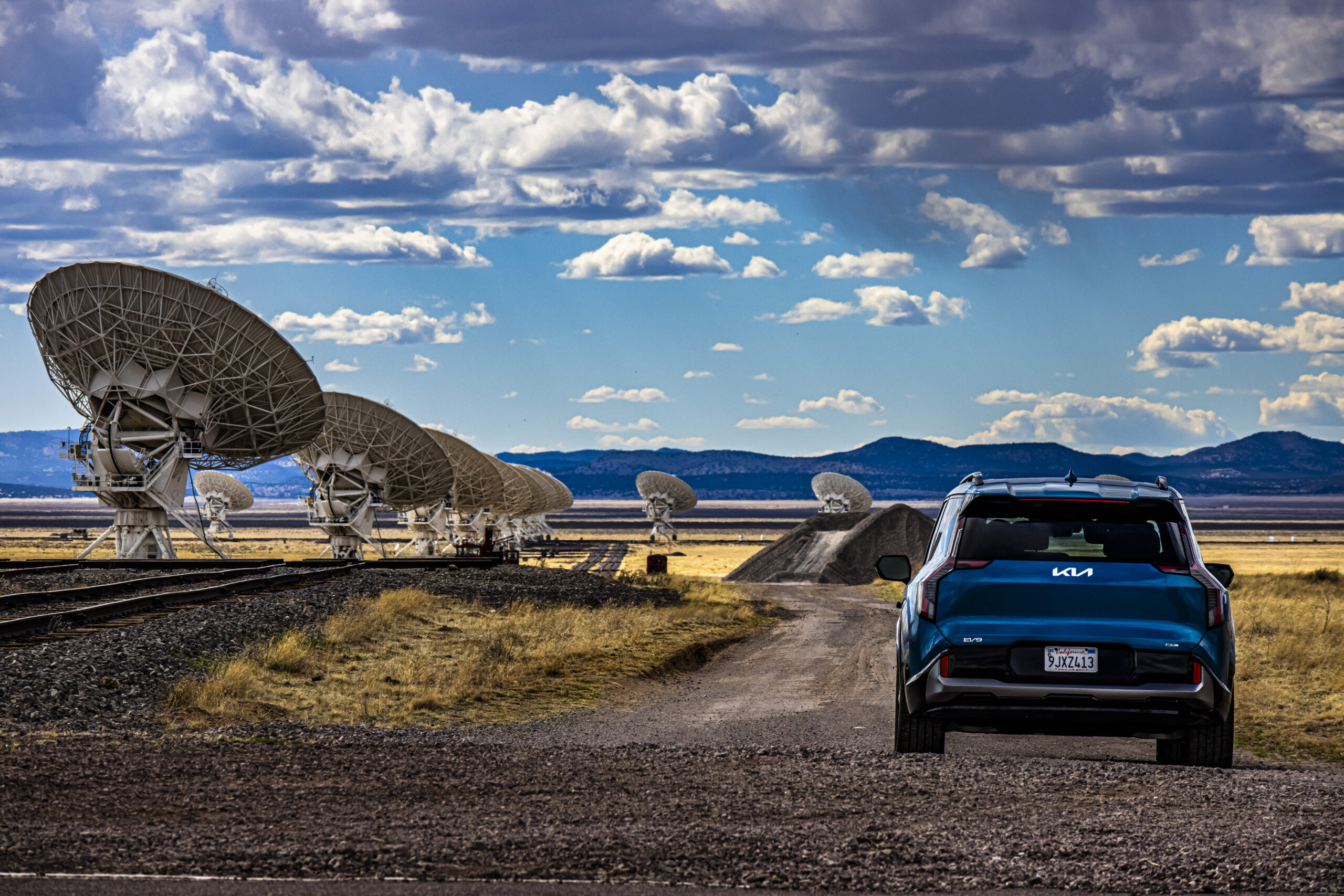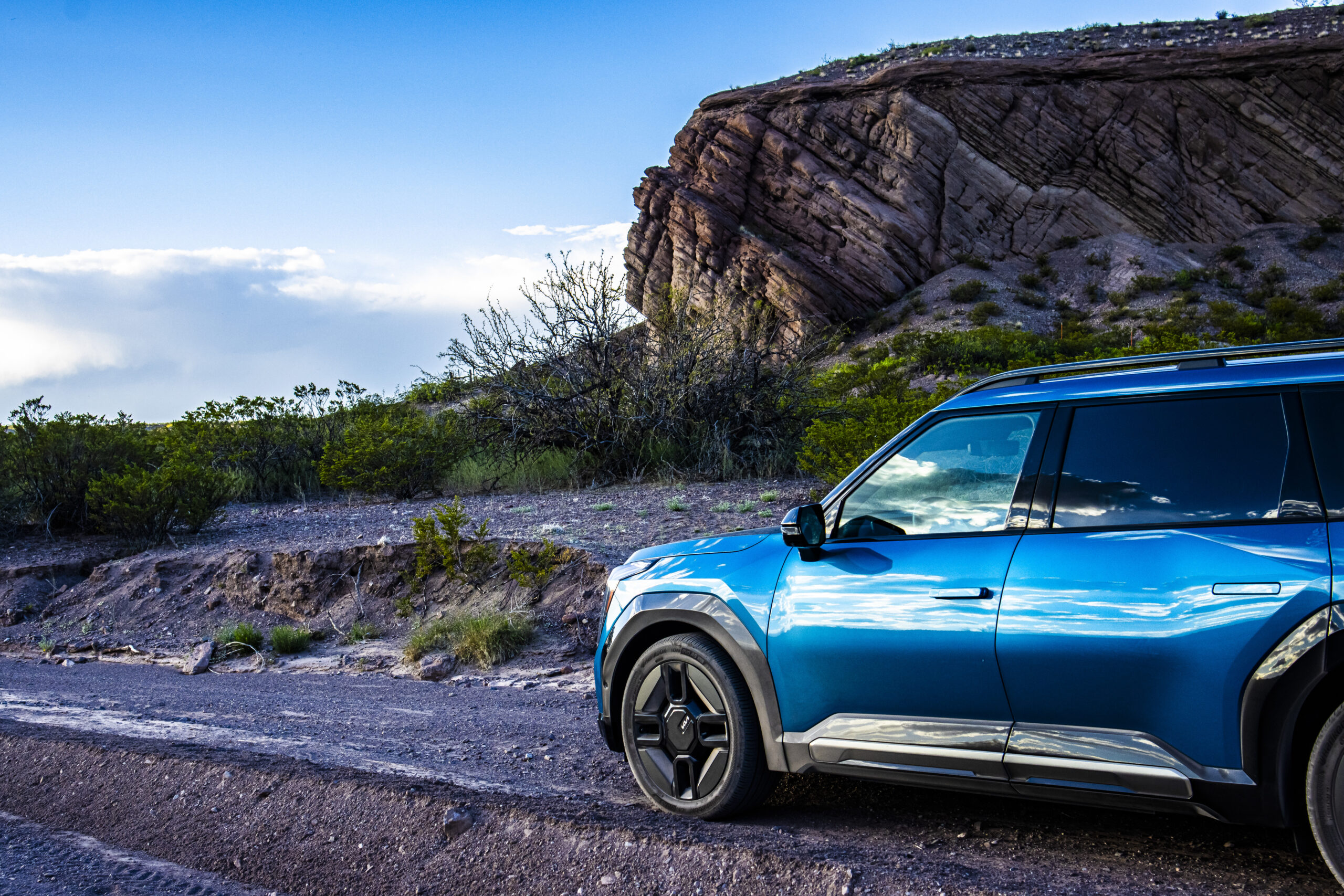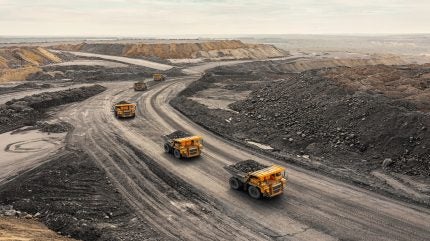Sign up for daily news updates from CleanTechnica on email. Or follow us on Google News!
After getting my first impressions on Friday, I set out the next day to see how the Kia EV9 performed on the open road. So, I set out for Socorro, New Mexico, a small town on I-25 with some cool places in easy reach of the CCS charger. Everything went great visiting the two places I set out for. But, despite being failed by Francis Energy, the Kia had some tricks up its sleeve that helped me get out of the bind.
The Trip To Socorro

I started my day out in Las Cruces, NM, at home with a full battery. I needed it, because I-25 in southern New Mexico was built across terrain that the Spanish didn’t dare take their oxen and carretas over.
Countless dry tributaries to the Rio Grande (plus a few trickling streams) have spent the last several hundred thousand years carving their own little side canyons to the expanding Rio Grande Valley. This led the conquistadors to avoid traveling alongside the river, instead risking deadly thirst crossing the Jornada del Muerto (that’s Spanish for “journey of the dead”).
But, when I-25 was built, they took the most direct route just outside the valley, crossing each and every canyon. This makes for steep hill after steep hill, which in turn makes for eating up a lot of battery. Add the need to go 80 MPH (or get rear-ended), and you need a lot of premium electrons to make the trip.
The EV9 had no problem whatsoever crossing all that terrain, arriving in Socorro with a quarter battery remaining!
Visiting A Hollywood Staple

If you’ve seen Contact, Independence Day, or 2010: The Sequel To 2001, you’ve probably seen the Very Large Array. It’s a huge array of radiotelescopes (giant 280-ton “satellite dishes”) that can be spread out as wide as about 44 miles across. The array is used to collect the faintest of radio signals to learn more about the universe. But, according to its operators, it’s not used to listen for aliens. However, they do let SETI comb through the signals it receives doing other work and look for signs of alien signals!

Saturday was the facility’s open house, which meant free tours and scientists to talk to. So, we took the kids to that. It took only about 30% of the EV9’s battery to do that, so we were able to charge up at the new ChargePoint station in Socorro for only 20 minutes and get back there with plenty to spare. The lady who helped us find the special event’s parking commented about how much she liked our “cool car.”
The event ended at 4:00 PM, leaving us several hours of daylight left. So, we decided to go on one more adventure.
A Cool Sandstone Canyon You Can Drive In

After another short charge (20 minutes), we were able to head out to San Lorenzo Canyon. It’s not far from Socorro, but because there are no signs from the interstate directing people and a 5-mile drive down an unmarked but decent dirt road, most people don’t know about the little gem in the desert that they’re missing!
Driving out there is never boring, but the Kia kept us from experiencing any problems with range anxiety or dealing with the softer surfaces. It had plenty of range, plenty of grip, and did the job wonderfully.
After getting some photos, eating dinner picnic style, and doing some easy rock climbing, we started the journey home just as it was getting dark.

The EV9 Saves Our Butts From Bad Infrastructure
On the way home, I decided it would be a good idea to test another charger and hang out somewhere other than Socorro’s main plaza. So, I stopped at the ChargePoint station for just long enough to get to a Francis Energy station in Elephant Butte. Plus, I had only been pulling about 90 kW from the ChargePoint station, so I hoped to get back home a little faster by maybe getting the full 150 kW the Francis station provides.
But that 150 kW was only theoretical. My actual charging speed there ended up being about 0 kW. After trying both stalls each way I could (app, RFID card), I got nothing but connection errors. I tried calling for help, but the only thing the after-hours operator could do was remotely start sessions. The thing likely only needed a reboot, but that’s only something that can be done during the day.
So, unable to get a rapid charge and with only 16% remaining, I had to limp home.
But, as I started the process of hypermiling on a frontage road to reach a Level 2 station with as much range left as possible, I was pleasantly surprised that Kia hadn’t programmed any nonsense into the throttle response that would get in my way.
Normally, many EVs won’t let you keep your foot in one position to get steady power, instead trying to up the power when you go up a hill and reduce it for you on the downhill. This can help stupid drivers get a steadier speed without cruise control, but it makes life hard when you’re trying to play the kinetic energy game. The Kia made it easy to let the vehicle gain speed on the downhills and expend the energy going up the next hill.

The other great thing was that the Kia lets you almost completely turn regenerative braking off. While regenerative braking is awesome for normal driving, it’s not great for hypermiling. When you use extra energy to climb a hill and then regen back down, you only get about 60% back after conversion losses. So, instead, you want to keep the downhill energy kinetic and use it to climb the next hill with almost no losses.
Using zero regen and careful throttle, I cut my energy use about in half, reaching the Level 2 station at Caballo with a lot less L2 charging to do. After that, I took some backroads home to get home on only about 23% battery, arriving home with about 6% remaining so I wouldn’t be risking a tow. But, this whole episode cost me about 3.5 hours of my time, and kept me from going to bed until almost 4:00 AM.
I really want Francis to improve reliability and offer better support at night. I also want New Mexico to have more charging options in every town so that a dead station doesn’t make you call for a tow or limp home with Level 2 and/or hypermiling. That said, this unfortunate situation did allow me to find out how efficient the EV9 can be, and I found it to be pretty decent!
All images by Jennifer Sensiba.
Have a tip for CleanTechnica? Want to advertise? Want to suggest a guest for our CleanTech Talk podcast? Contact us here.
Latest CleanTechnica.TV Video
CleanTechnica uses affiliate links. See our policy here.





